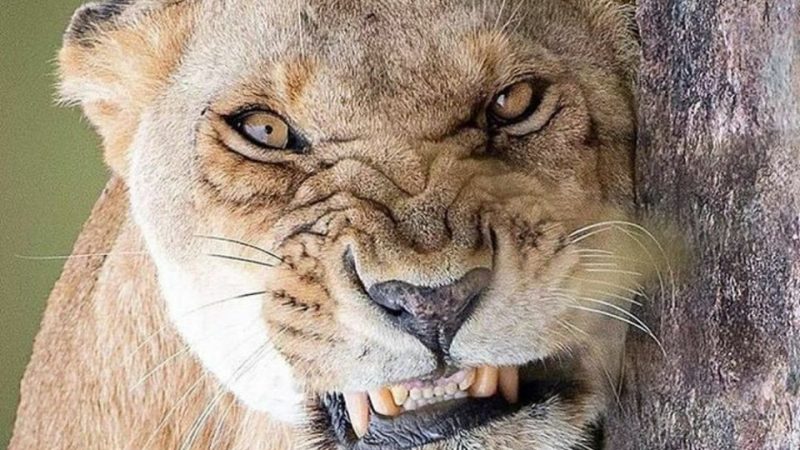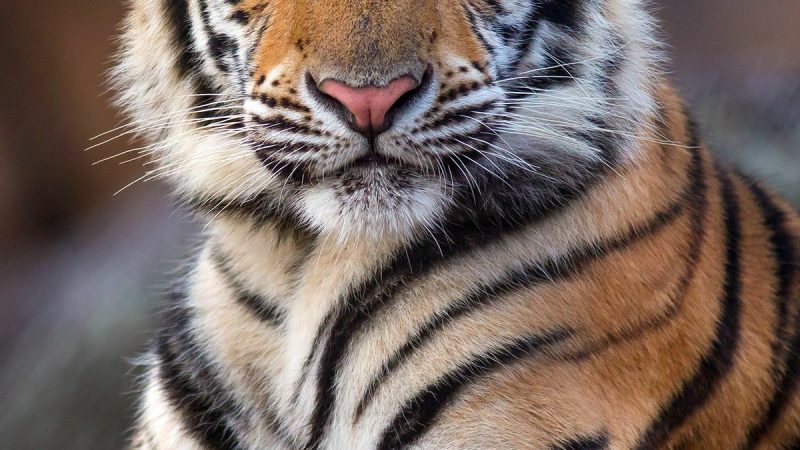The frill-necked lizard, also affectionately known as the frill-necked dragon, is an exclusive member of the Chlamydosaurus genus, making it a true natural rarity. Its distinctive name stems from the prominent frill that adorns its neck, a unique feature that usually rests folded against the lizard’s body. This reptile boasts a length of up to 90 centimeters (35 inches) from head to tail and can weigh in at a hefty 600 grams (1.3 pounds). In terms of sexual dimorphism, the males of this species tend to be larger and more robust than their female counterparts. Their coloration varies, encompassing shades of gray, brown, orange-brown, or even black, while their frills are adorned with striking hues of red, orange, yellow, or blanco.

The frilled lizard is predominantly arboreal, preferring the treetops as its primary habitat. Its diet predominantly consists of insects and various other invertebrates, which it skillfully captures amidst the foliage. During the rainy season, this captivating lizard is at its most active, often venturing closer to the ground. Conversely, during the dry season, it adopts a less conspicuous profile, seeking refuge in the upper canopy branches to escape the scorching sun. Reproduction for the frill-necked lizard occurs at the intersection of the dry and wet seasons, adding another layer of intrigue to its life cycle.

One of the most captivating aspects of the frilled lizard is its use of the remarkable frill itself. This distinctive feature serves a dual purpose: as a means of defense against potential predators and as a means of communication with conspecifics. When threatened, the lizard unfurls its frill, creating an intimidating and visually striking display to deter would-be attackers. Conversely, it deploys its frill to engage in courtship rituals, showcasing its vibrant colors to potential mates.

Despite its unique characteristics and captivating behavior, the frilled lizard falls under the category of “least concern” according to the International Union for Conservation of Nature. However, its role in the intricate web of life in its natural habitat is undeniable, reminding us of the importance of preserving even the lesser-known species that contribute to the rich tapestry of our planet’s biodiversity.


In conclusion, the frill-necked lizard stands as a testament to the beauty and wonder that can be found in nature’s lesser-known corners. By continuing to explore and appreciate these hidden gems of the animal kingdom, we gain a deeper understanding of the world we share with these extraordinary creatures.










